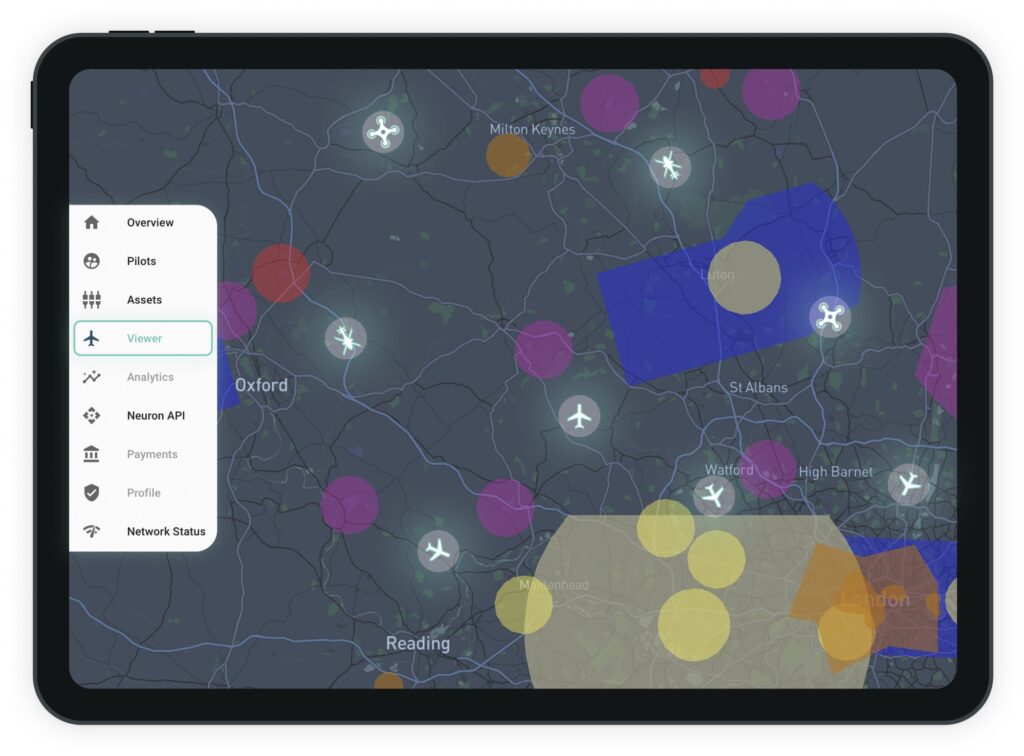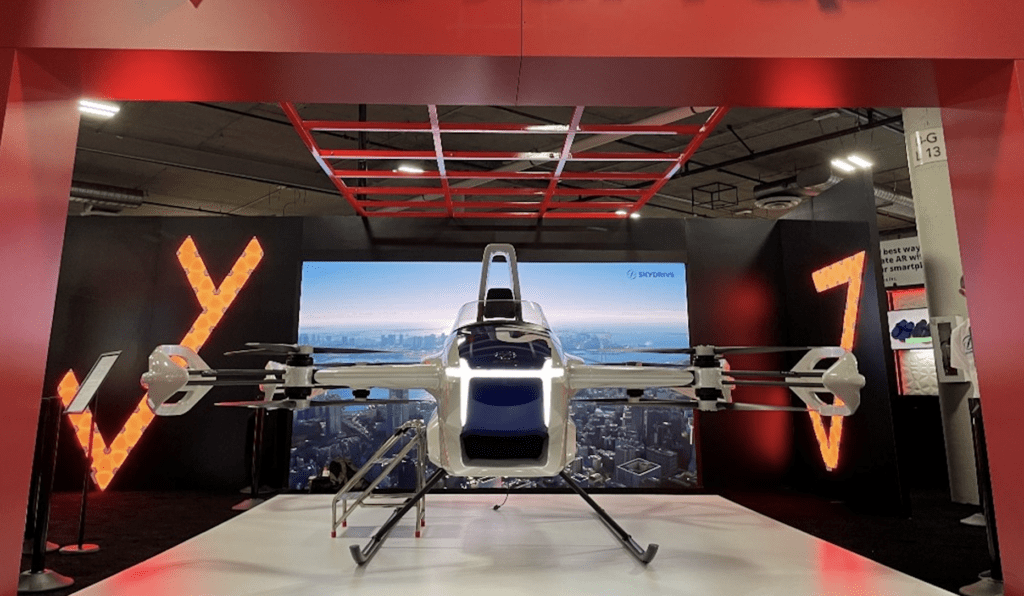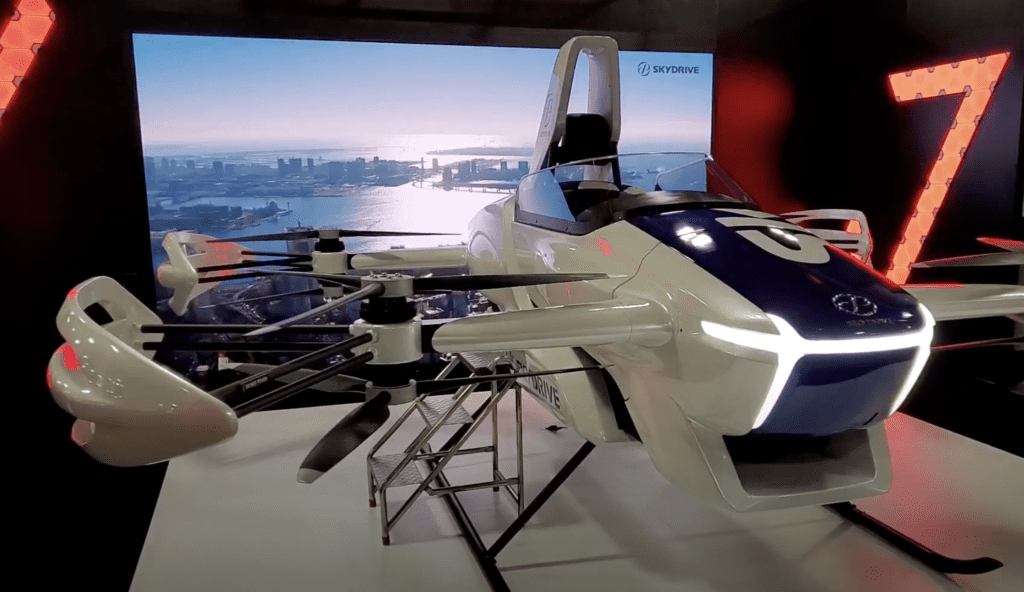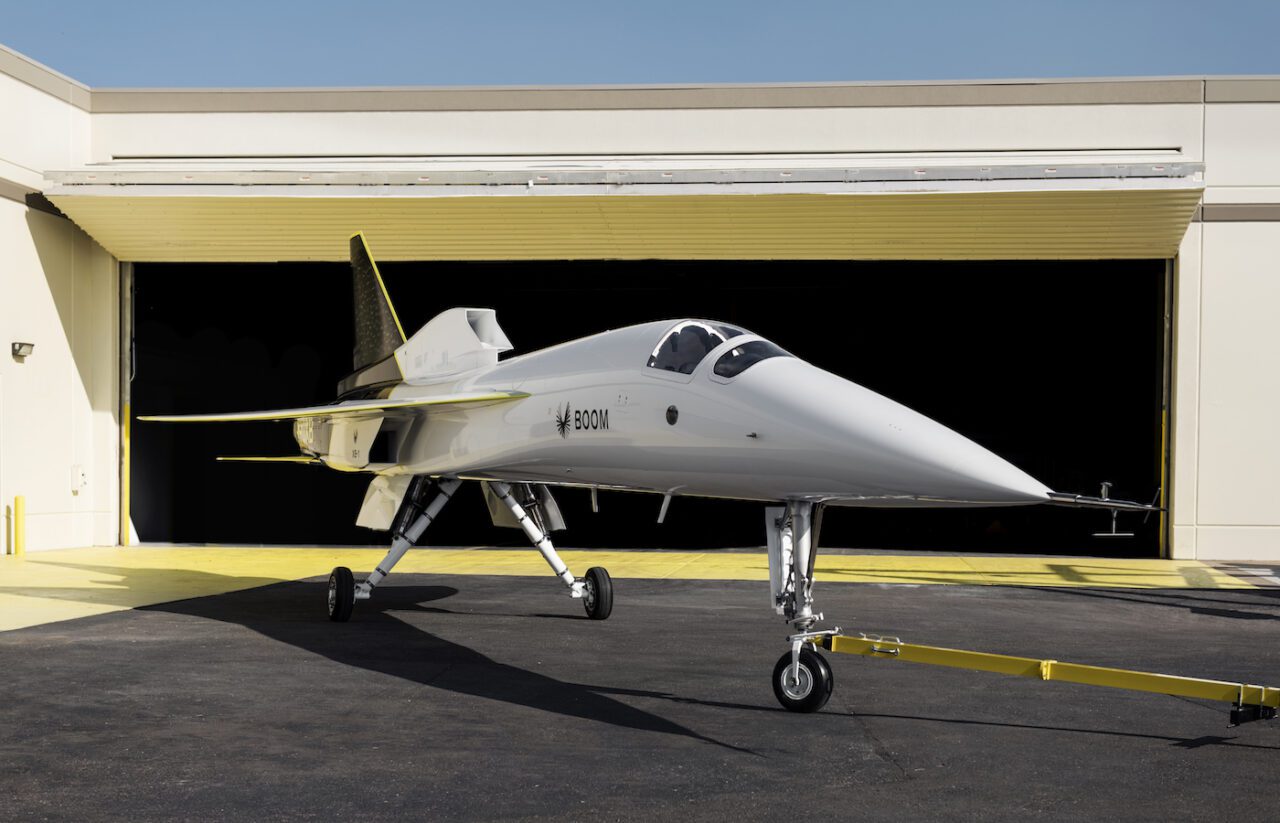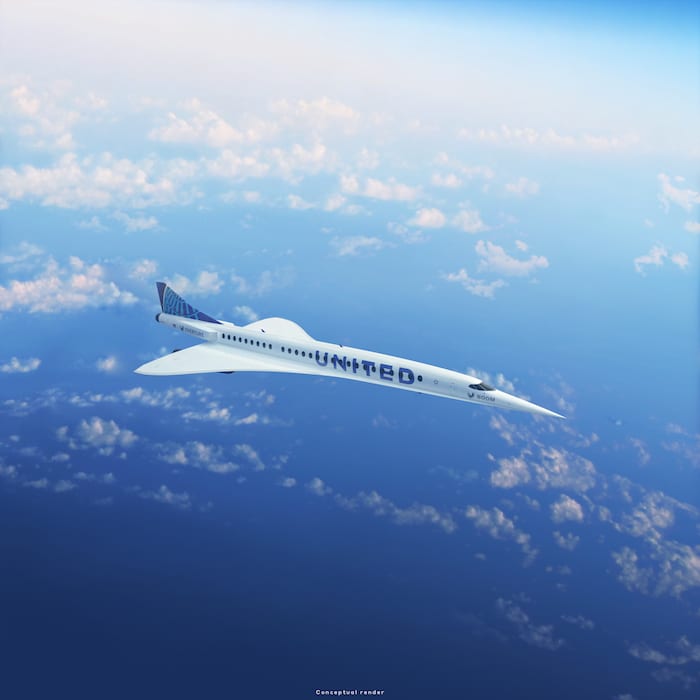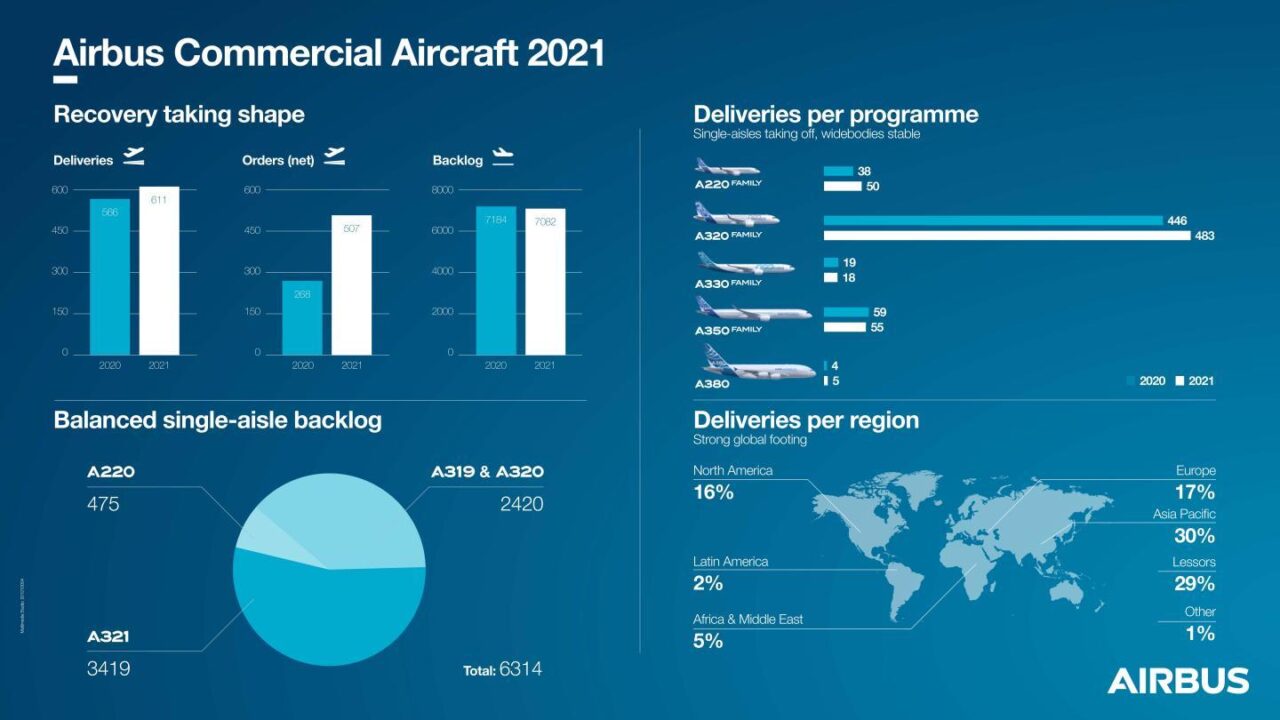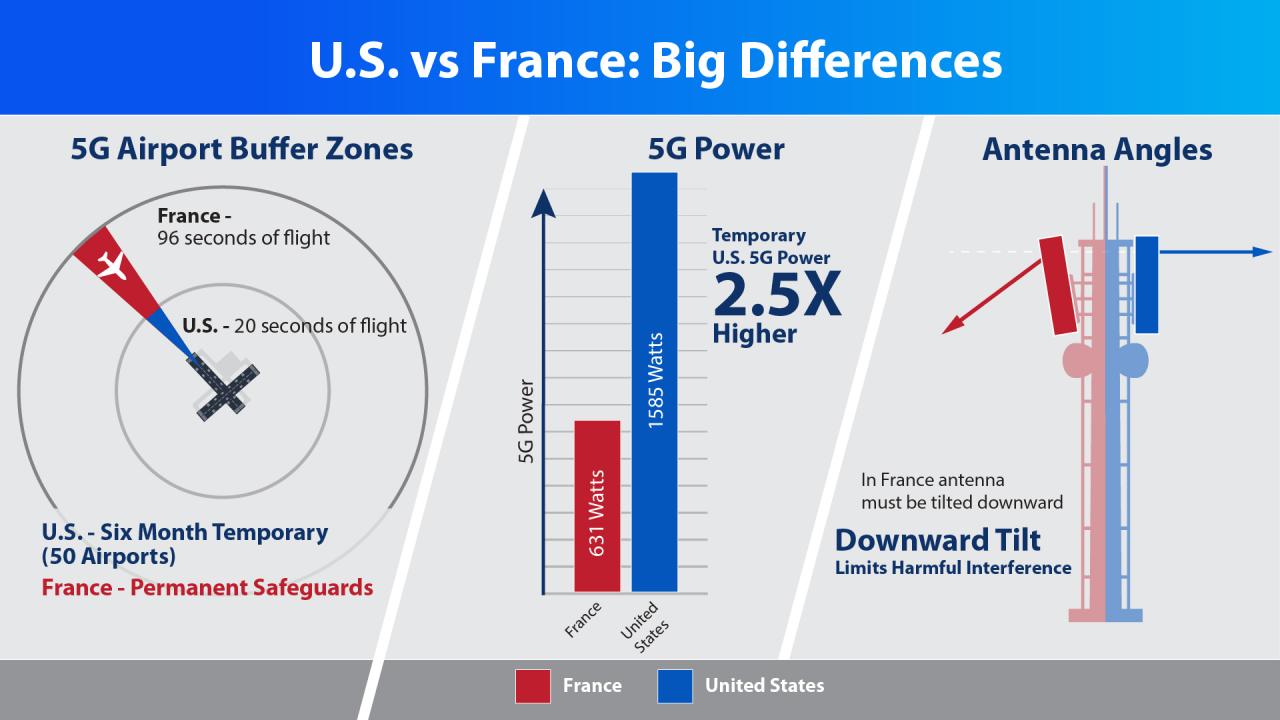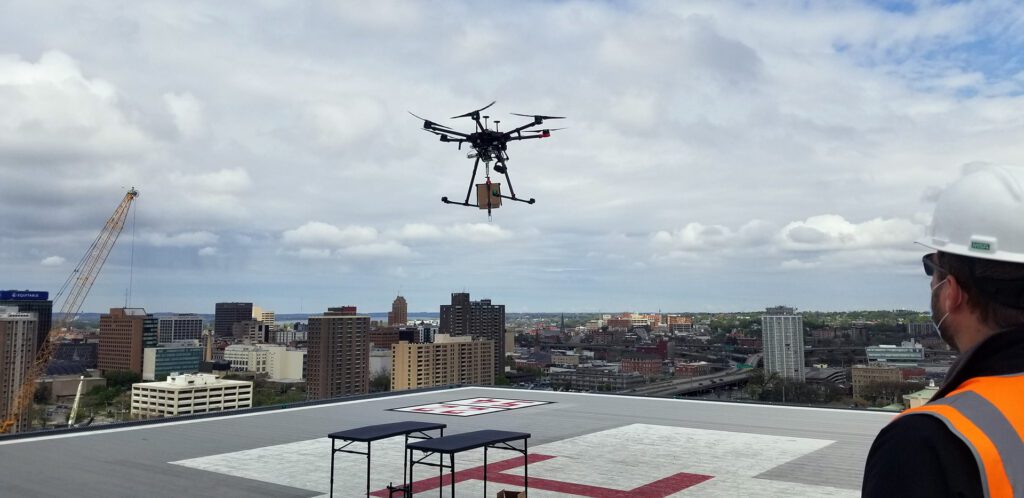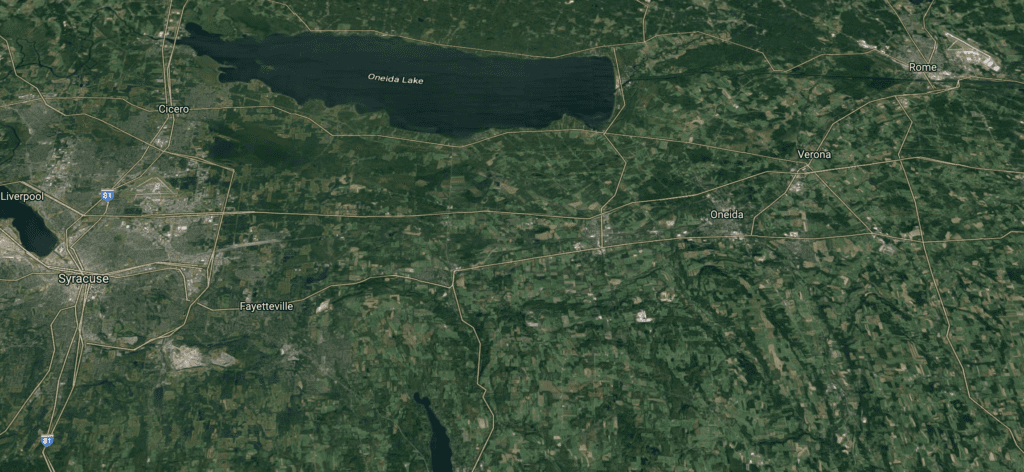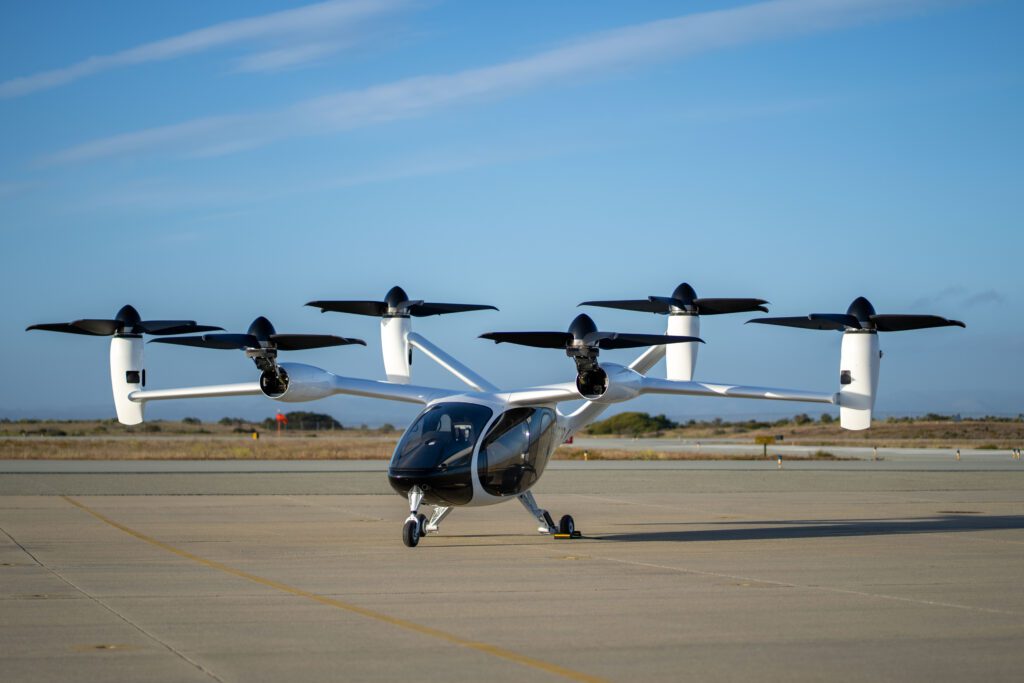New Technology Enables Efficient Conversion of CO2 to Sustainable Aviation Fuel
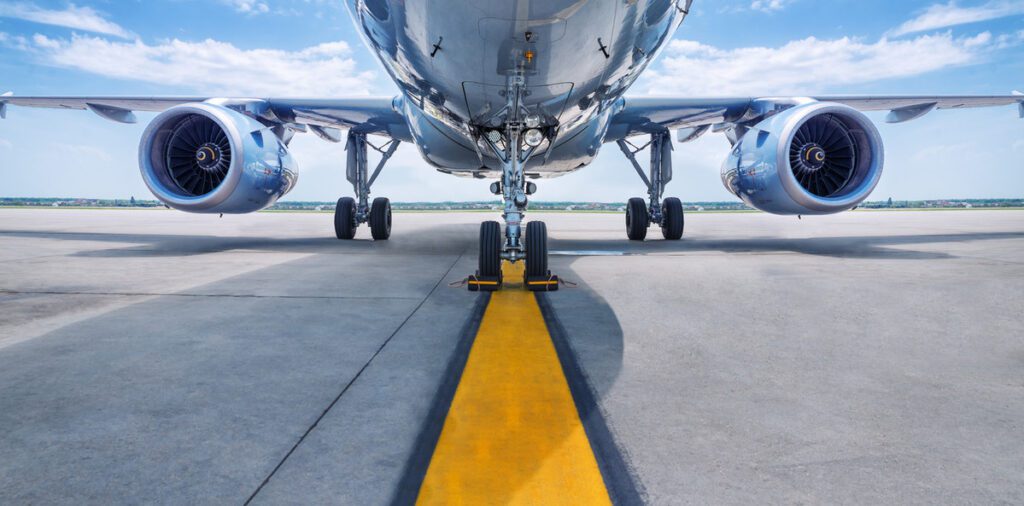

The scalable integration of HyCOgen and the FT CANS technology will increase SAF supply and mitigate CO2 emissions. (Johnson Matthey)
The company Johnson Matthey just launched their HyCOgen technology that enables the conversion of carbon dioxide (CO2) and green hydrogen into sustainable aviation fuel (SAF). Over 95% of the CO2 is converted into synthetic crude oil through the Reverse Water Gas Shift (HyCOgen) technology.
The FT CANS Fischer Tropsch technology, developed in coordination with bp, is combined with Johnson Matthey’s HyCOgen—a catalyzed process that forms synthesis gas, or syngas—to produce renewable fuel. The crude oil that is produced can be transformed into drop-in fuel products such as SAF, renewable diesel, and naphtha. The combination of these technologies is now available as a solution from Johnson Matthey.
According to a press release from Johnson Matthey, the scalable integration of HyCOgen and the FT CANS technology will serve to increase SAF supply and therefore mitigate CO2 emissions. The company claims that the aviation industry collectively produces 12% of the world’s transportation-related CO2 emissions. Sector Chief Executive at Johnson Matthey, Jane Toogood, explained, “There are significant hurdles in moving from hydrocarbon-based aviation fuel to alternatives such as battery electric or hydrogen. [Our expertise] in syngas generation technology can play a crucial role, by providing solutions that enable the production of sustainable drop-in fuels that are deployable today.”
Johnson Matthey played a role in United Airlines’ achievement last month of the first commercial flight using 100% drop-in SAF in one of two engines. Part of the process of enabling the SAF production was the BioForming process which uses a catalytic process to convert sugar feedstocks into BioFormate. The resulting BioFormate can be used to make biofuels that are then blended to produce the SAF. Renewable fuels and chemicals company Virent invented this technology and has partnered with Johnson Matthey since 2016 to further develop and commercialize it.

United Airlines completed the first commercial flight using 100% drop-in SAF in one of two engines last month. (United Airlines)
Johnson Matthey also entered into an agreement this week with European ethanol producer CropEnergies AG to establish a plant for producing renewable ethyl acetate using sustainable ethanol. Production of renewable ethyl acetate is estimated to reach 50,000 metric tons each year and will utilize renewable energy. According to the announcement, “The plant will also generate renewable hydrogen as a co-product that, together with biogenic CO2 from the CropEnergies fermentation process, will be the basis for further conversion of renewable energy into PtX (power-to-X) downstream routes, to produce e-fuels.”
The post New Technology Enables Efficient Conversion of CO2 to Sustainable Aviation Fuel appeared first on Aviation Today.
—————
Boost Internet Speed–
Free Business Hosting–
Free Email Account–
Dropcatch–
Free Secure Email–
Secure Email–
Cheap VOIP Calls–
Free Hosting–
Boost Inflight Wifi–
Premium Domains–
Free Domains









